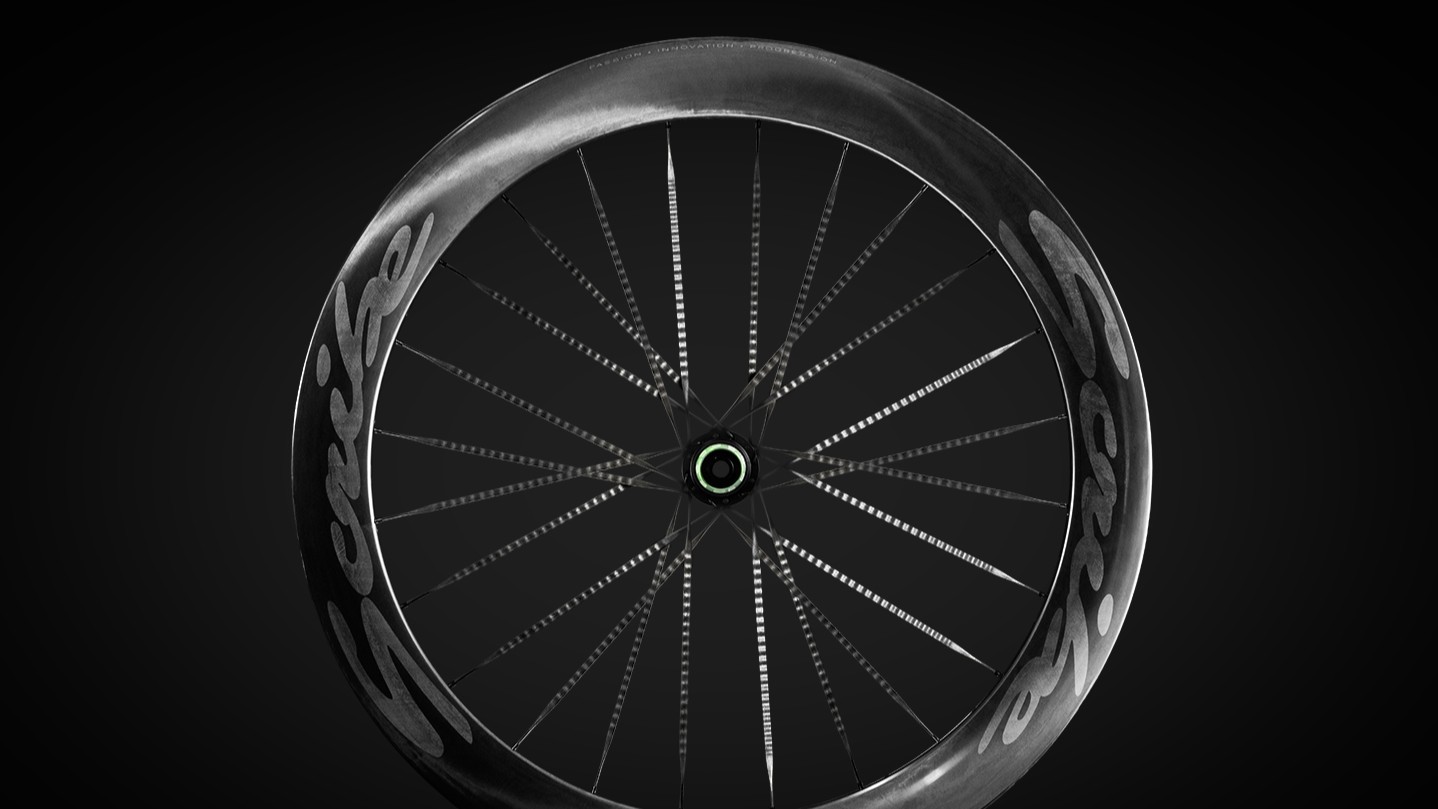What is the Paterberg? Inside the final climb of the Tour of Flanders
This super-steep cobbled climb is a decisive part of the modern Flanders course
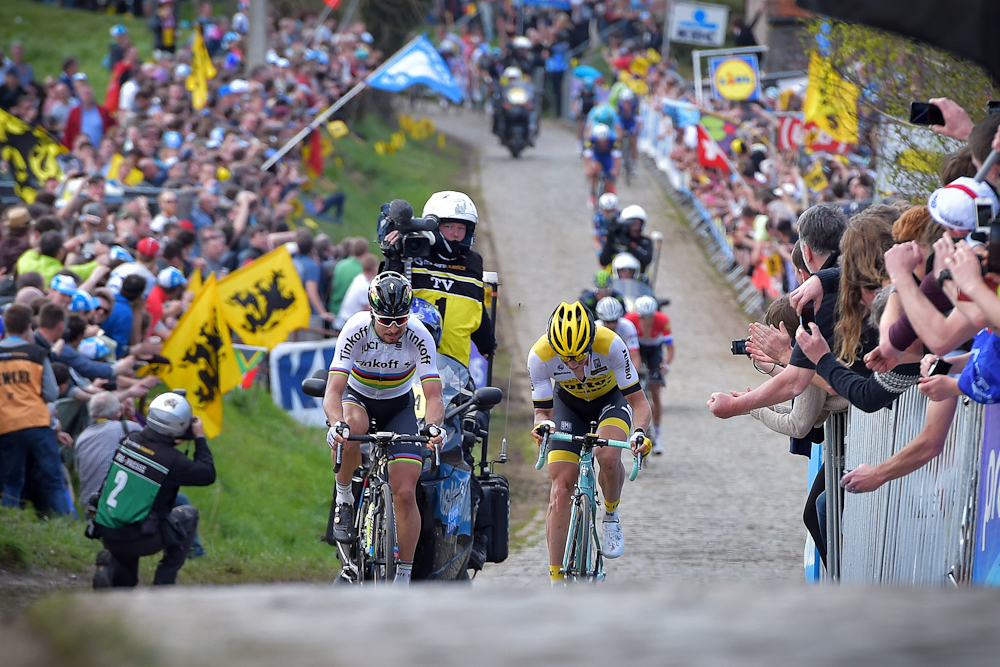

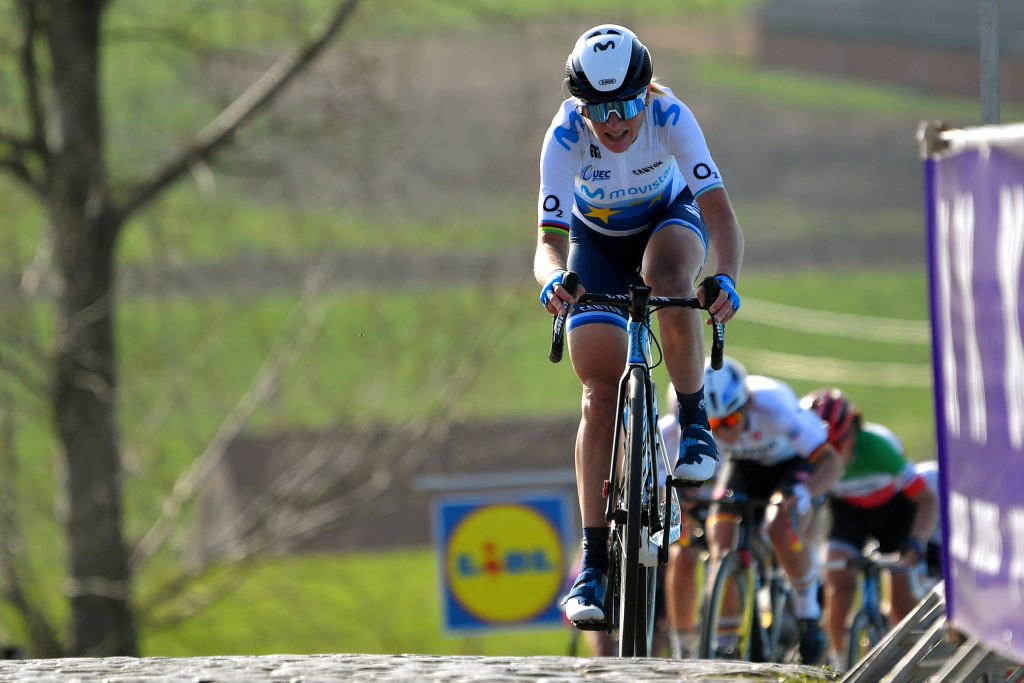
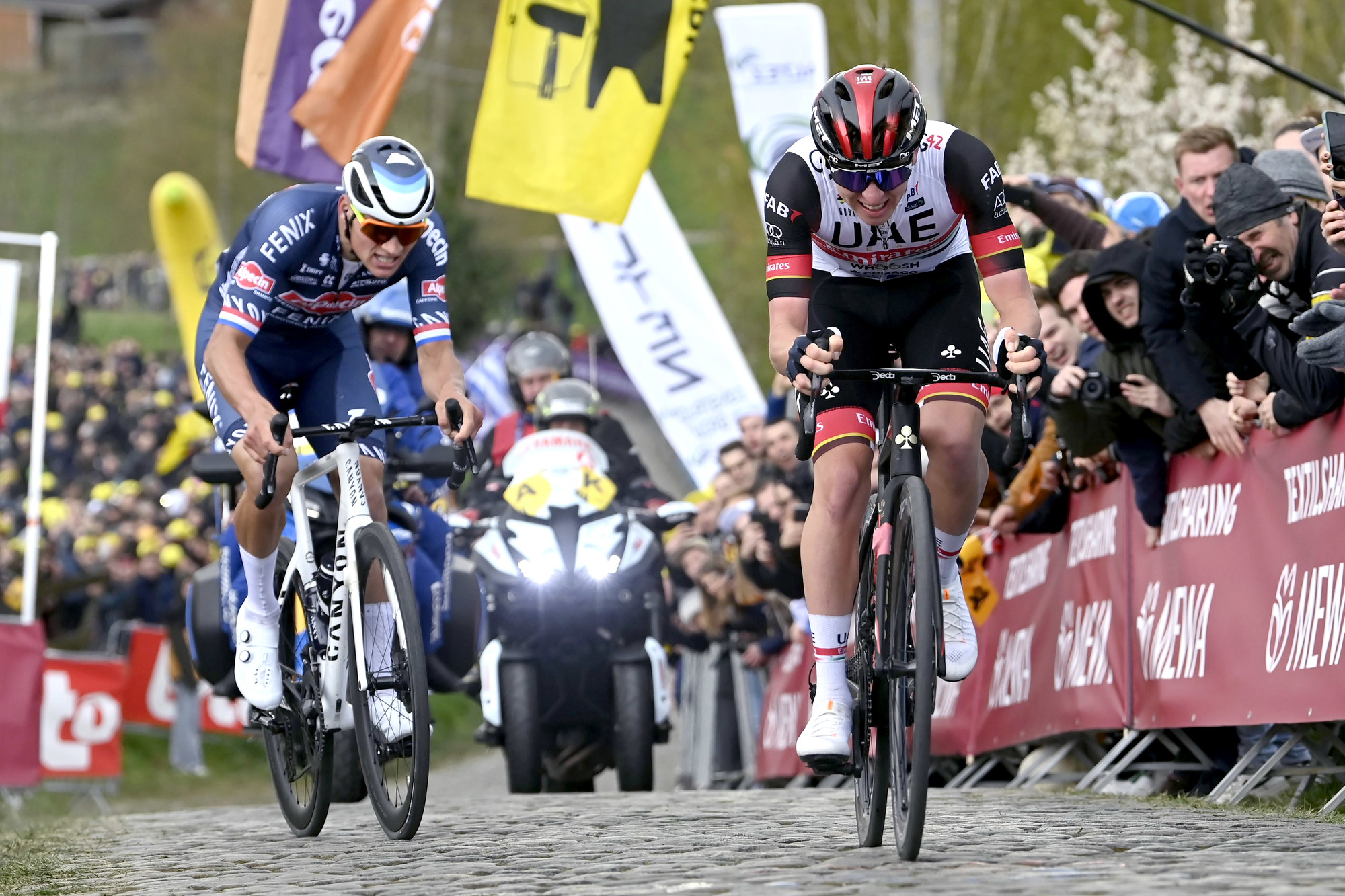
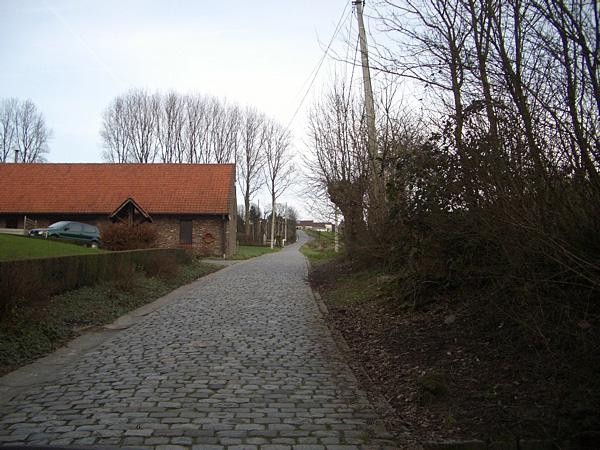
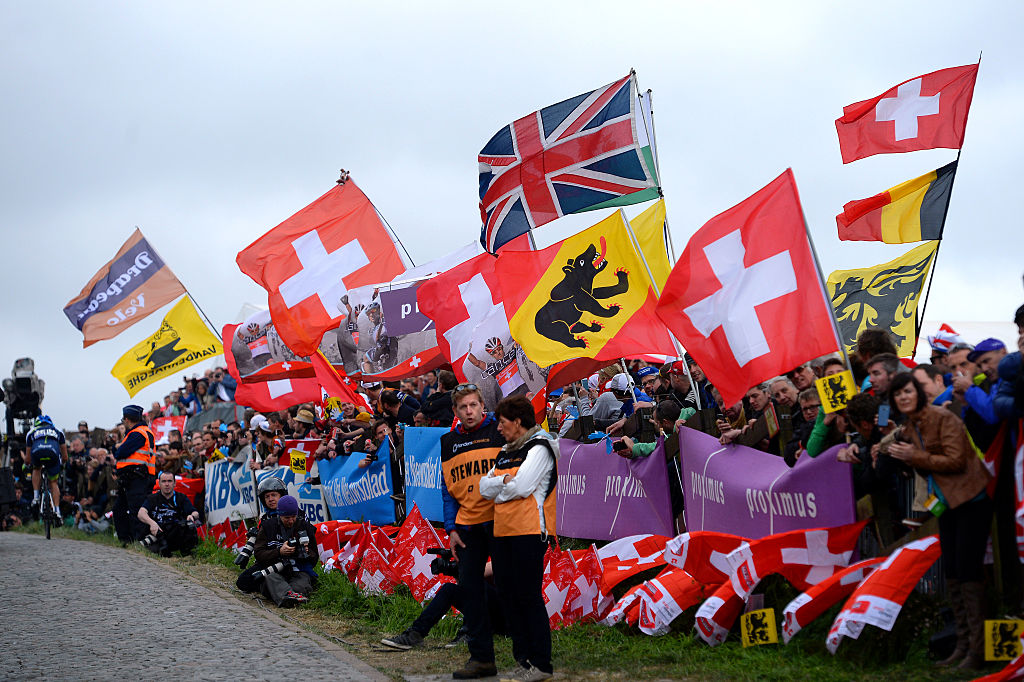
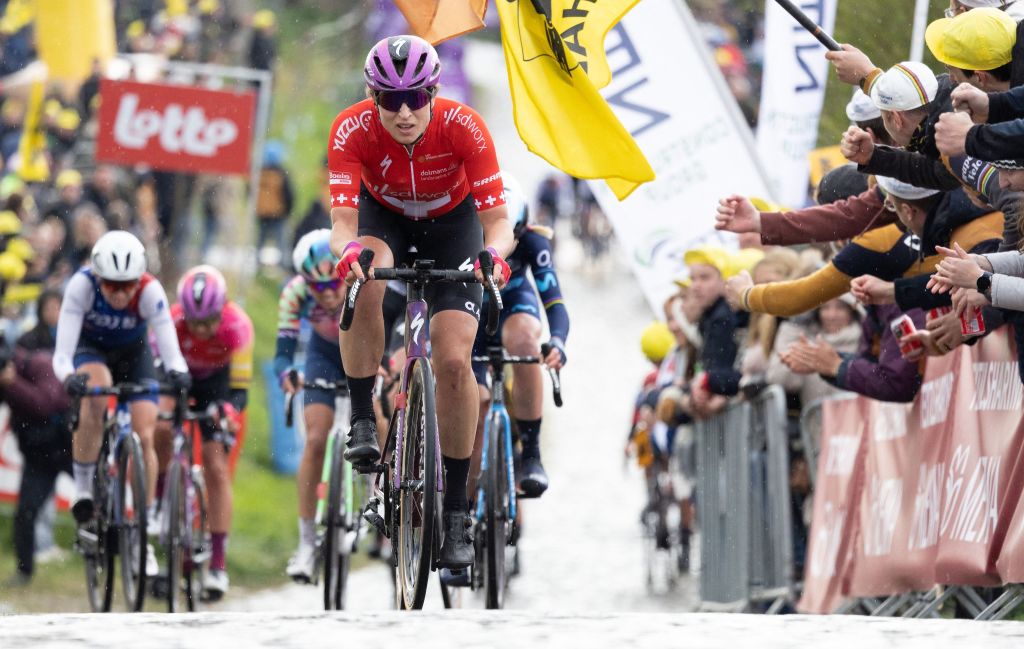
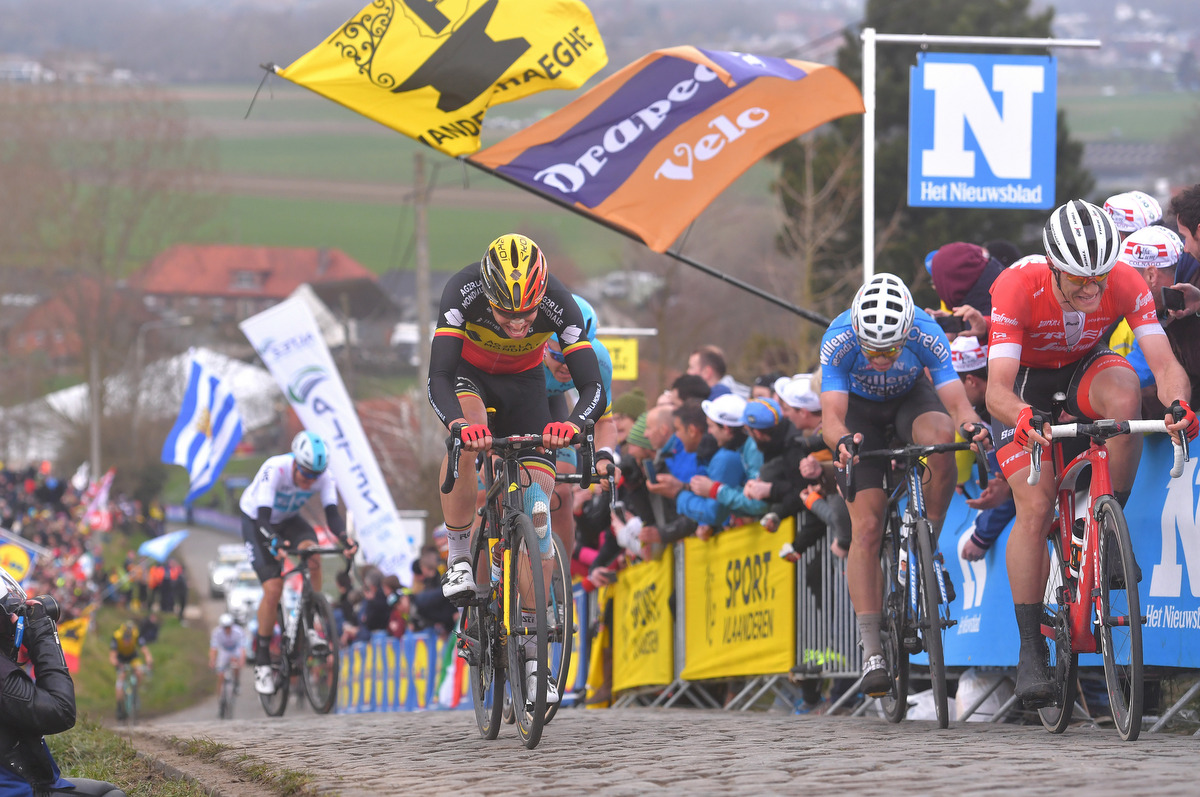
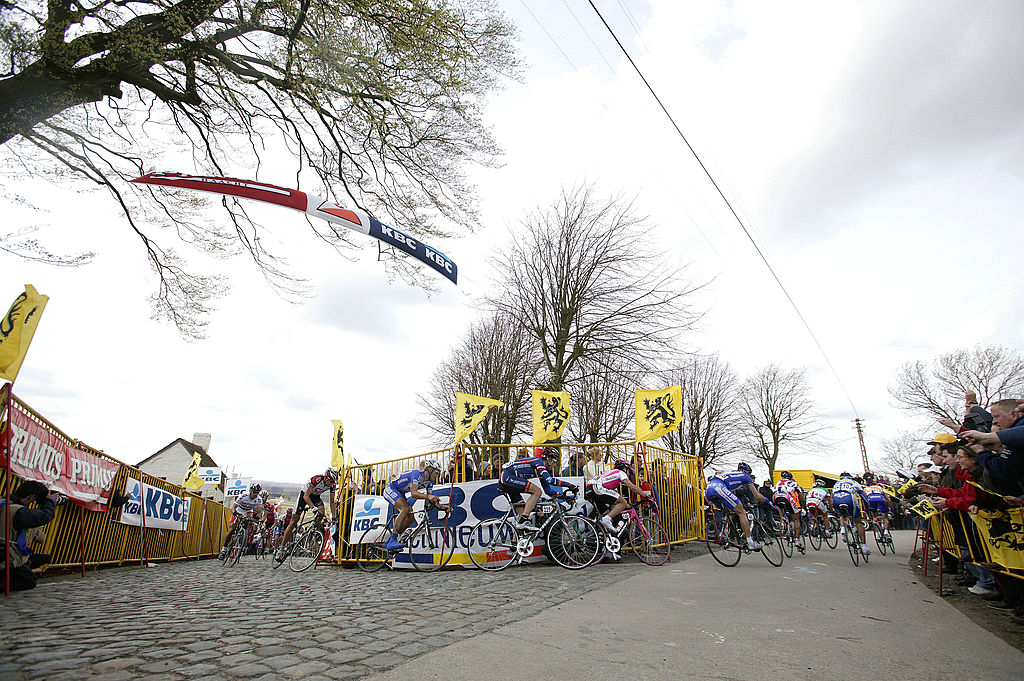
The Paterberg is the final climb of the Tour of Flanders, a short but punishingly steep cobbled road in the heart of the Flemish Ardennes that forms the playground for many of the Spring Classics.
Since 2012, the Paterberg has combined with the Oude Kwaremont to form the central challenge of the modern Tour of Flanders route for both men and women.
The climbs, separated by a strip of main road and a twisting country lane, appear together twice, the final time acting as judge and executioner for the second Monument of the season.
They are very different beasts. After the Oude Kwaremont drags its way up for more than 2km, the Paterberg hits the barely-recovered riders with a complete slap in the face - only 360 metres long but with an average gradient of 13% and pitches of over 20% at the top.
Then there are the cobbles, not too jagged but rough enough to tempt some riders over to the treacherous gutter at the right-hand side of the road. There is a smoother gutter on the left but it's always shut off by barriers at the Ronde.

After nearly 250km in the saddle, this small climb will expose any hint of weakness, and the 300 metres can seem interminable to those forced to watch their rivals ride away.
The Paterberg – or Patersberg, as it's often pronounced by the Flemish – is a classic cobbled slope in the Flemish farmlands, and one of the very steepest of the Tour of Flanders. Television and camera footage often belies its steepness, but standing at the bottom leaves you in little doubt of its difficulty.
The latest race content, interviews, features, reviews and expert buying guides, direct to your inbox!
From the top of the final ascent of the Paterberg, the riders face a 13km run-in to the finish in Oudenaarde, first descending fast on a narrow lane before a largely flat 10km.
At that stage in the race, any small differences created over the Paterberg can turn out to be decisive.
The Paterberg and Oude Kwaremont have had to fight for acceptance due to the uproar that greeted the shift from the much-loved old finale over the Muur van Geraardsbergen and Bosberg.
The move was primarily made to allow the organisers to erect sprawling VIP areas on the Kwaremont, direct the race up it three times, and sell the tickets at a premium.
It has clearly worked from that perspective, and the new finale has itself pleasantly surprised with a variety of different scenarios. There haven't, in fact, been too many decisive moments on the Paterberg itself.
One that stands out is Peter Sagan in the rainbow jersey in 2016, dropping Sep Vanmarcke as if the Belgian was weighed down by lead. The difference in speed – from a seated Sagan – was remarkable, and he went on to win alone in Oudenaarde.
Likewise, the Paterberg's stand-out moment in the women's race came when Annemiek van Vleuten stormed away there in 2021 to win the Ronde for a second time a decade on from her first triumph.
| Location | Paterbergstraat in Kluisbergen, Belgium |
| Length | 360 metres |
| Total ascent | 48 metres |
| Average grade | 12.9% |
| Maximum grade | 20.3% |
| Surface type | Cobbles |
| First used in pro cycling | 1986 Tour of Flanders |
Patrick is a freelance sports writer and editor. He’s an NCTJ-accredited journalist with a bachelor’s degree in modern languages (French and Spanish). Patrick worked full-time at Cyclingnews for eight years between 2015 and 2023, latterly as Deputy Editor.

